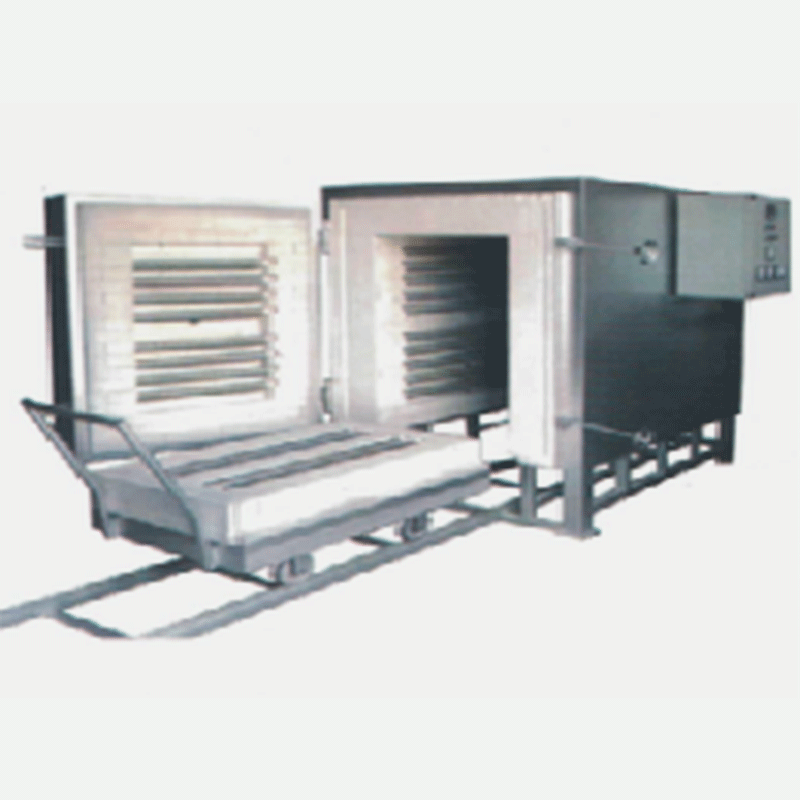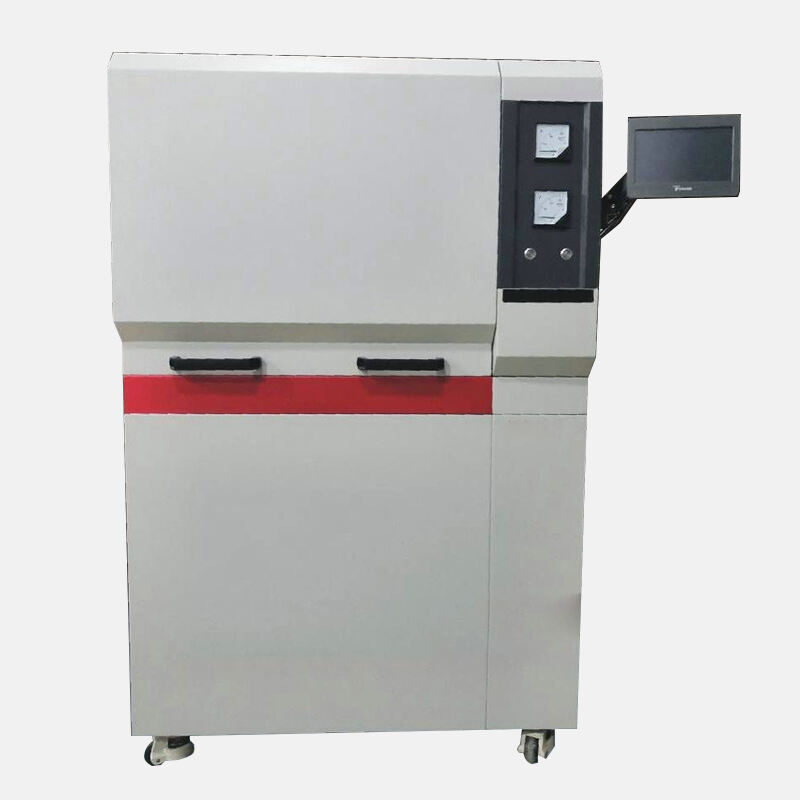Difference between carburizing furnace and muffle furnace
1. Definition of carburizing furnace and muffle furnace
Carburizing furnace (carburizing furnace) is a heat treatment equipment used for surface hardening. By controlling the temperature and chemical composition of the workpiece, carbon is diffused on the steel surface to increase the surface hardness and wear resistance. It generally uses solid or liquid carbon source, places the workpiece in a sealed furnace for heating and insulation, and decomposes the carbon source and diffuses it to the surface of the steel.
Muffle furnace (High Temperature Muffle Furnaces) is a device used for high-temperature heat treatment, consisting of a furnace and a refractory furnace shell. It can provide a high-temperature environment with a non-oxidizing atmosphere, so that the sample sintering, melting, ablation and heat treatment processes can be completed without oxidation and secondary pollution. The main applications of muffle furnaces include heat treatment, ceramics, glass, chemical analysis, sintering and lava.
2. The difference between an carburizing furnace and a muffle furnace
1). Different heat treatment methods
carburizing furnaces achieve heat treatment by heating the inside and outside of the workpiece, thereby increasing the surface and local hardness of the workpiece to achieve the purpose of extending service life and improving wear resistance. Muffle furnaces achieve heat treatment by controlling chemical reactions in a high-temperature environment, and are mainly used for processes such as sintering and melting of materials.
2). Different heat treatment temperatures
The heat treatment temperature of an carburizing furnace is generally between 700°C and 1000°C, while the operating temperature of a electric muffle furnace can be as high as 2000°C or more. This means that an carburizing furnace is suitable for medium and low temperature heat treatment and must be operated under atmosphere control. Muffle furnaces can perform high-temperature heat treatment and can operate in different atmospheres.
3). Different application fields
carburizing furnaces are mainly used in machinery manufacturing, automobile manufacturing, aerospace, shipbuilding, and agricultural machinery. Muffle furnaces are mainly used in ceramics, glass, chemical analysis, sintering, and lava.
3. The impact of choosing different types of heat treatment equipment on product quality and production efficiency
The correct selection of heat treatment equipment is very important for product quality and production efficiency. carburizing furnaces are suitable for surface hardening and quenching, which can improve the surface hardness and wear resistance of steel parts. Muffle furnaces are suitable for high-temperature heat treatment and sintering, which can sinter, melt or form special structures of materials. The correct selection of heat treatment equipment can greatly improve production efficiency, reduce production costs, and ensure product quality and workpiece life.
[Conclusion]
Although there are great differences in the types of heat treatment equipment between carburizing furnaces and muffle furnaces, they both play an important role. For specific products and applications, it is very important to correctly select heat treatment equipment.
Recommended Products
Hot News
-
What are the maintenance measures for air permeability tester?
2025-04-02
-
What is the difference between the one-key pre-oxidation alloy melting machine and the ordinary melting machine?
2025-03-25
-
Craftsmanship creates quality! Nanyang JZJ Testing Company successfully delivered 10set customized high-temperature muffle furnaces to help the high-quality development of the refractory industry
2025-03-17
-
How to open the door of a high temperature muffle furnace at high temperature
2025-03-11
-
How to control the heating temperature and time of the multi-function melting machine?
2025-03-05
-
The biggest advantage of the automatic melting machine fusion method
2025-02-25
-
Together we build a quality future - South African customers purchased 3set of T6 melting machines in batches and delivered them successfully, and efficient services help global mining upgrades
2025-02-22
-
Detailed analysis of the advantages of using high-frequency induction multifunctional fusion machine
2025-02-18
-
Indian customers mailed samples to our company
2025-02-11
-
How to avoid uneven temperature distribution in muffle furnace?
2025-02-06

 EN
EN
 AR
AR
 BG
BG
 FR
FR
 DE
DE
 HI
HI
 IT
IT
 PL
PL
 PT
PT
 RU
RU
 ES
ES
 TL
TL
 IW
IW
 ID
ID
 UK
UK
 VI
VI
 TH
TH
 TR
TR
 FA
FA
 MS
MS
 UR
UR
 BN
BN
 KM
KM
 LO
LO
 PA
PA
 MY
MY
 KK
KK




















